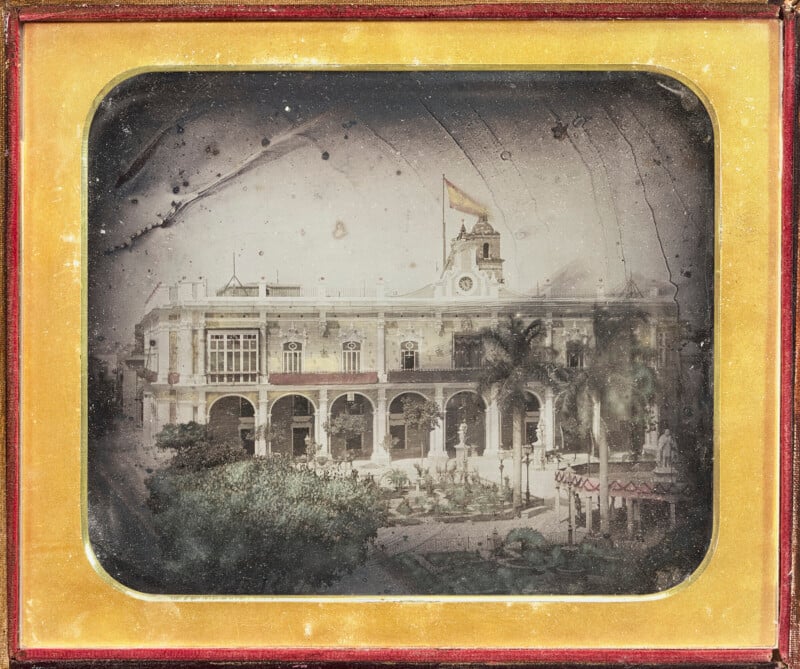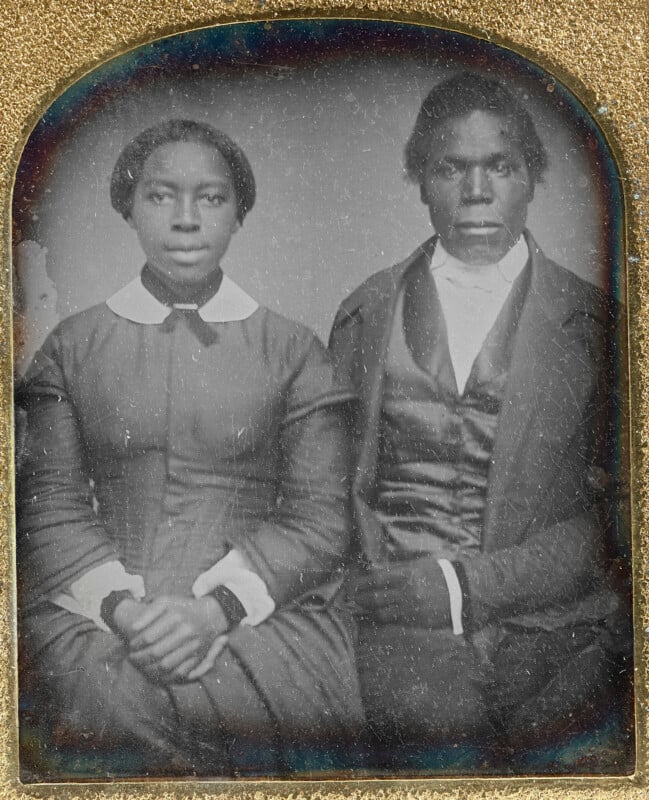200 Daguerreotypes, Including Early Photos by Robert Cornelius, Go to Auction

An extraordinary collection of 200 daguerreotypes — that have been seen before by the public — are going to auction at Christie’s.
Beginning in the 1960s, Lynn and Yann Maillet dedicated years to collecting daguerreotypes — images made using one of the first photographic processes that was invented in the 1830s by the French artist Louis Daguerre.
The Maillets’ collection amassed hundreds of daguerrotypes, including significant and rare works by Samuel F. B. Morse, John Ruskin, Henry Fitz Jr, and Robert Cornelius who is the photographer credited for the world’s first selfie in 1839.

The Maillets’ collection, which has never before been on public view, will now be offered in a stand-alone auction by Christie’s New York beginning on June 20.
‘One of The Most Important Collections of Daguerreotypes’
Containing over 200 lots, the auction is being described as one of the most important collections of daguerreotypes to come to market in the past 25 years.


“The Maillets recognized early on that daguerreotypes were significantly undervalued, often dismissed as mere curiosities in antique shops,” Grant Romer, Photographic Historian and Founding Director of the Academy of Archaic Imaging, says.
“With rare insight and discernment, they swiftly built a private and exceptional collection spanning the full history and evolution of the medium. Today, the depth and breadth of such a collection would be nearly impossible to replicate.”


Headlining the sale is Samuel F. B. Morse’s portrait of an unidentified gentleman from 1839, made just months after the public announcement of the daguerreotype process in Paris in 1837. According to The New York Times, Morse’s daguerreotype could sell for as much as $60,000.
Most notable for his invention of the wire telegraph, Morse met Daguerre in Paris in 1838 while securing a French patent for the telegraph and was an enthusiastic proponent of daguerreotypy in America. Morse was one of the very first Americans to produce a daguerreotype in the U.S. and pioneered its use for portraiture.
He produced numerous daguerreotypes. However, the only other known extant work by Morse resides in the collection of The Metropolitan Museum of Art; all others have been lost to time.

Another image in the collection is a rare whole plate scene by Henry Fitz Jr. of the Washington Monument in Baltimore. Fitz had a deep understanding of optics and was integral to the development of the first patented American camera. He learned daguerreotypy in New York in late 1839-1840 and established the first studio in Baltimore.
The sale contains more than two dozen plates by Southworth & Hawes, an early photographic firm in Boston (1843–1863). Today, the firm’s founders Albert Sands Southworth and Josiah Johnson Hawes are recognized as American photography pioneers who produced some of the finest daguerreotypes of the first half of the 19th century and elevated photographic portraits to the level of fine art.
“The Maillet Daguerreotype Collection” auction can be viewed on Christie’s website and will run from June 12 to 26.
Image credits: All photos by Christie’s Images Ltd. 2025.